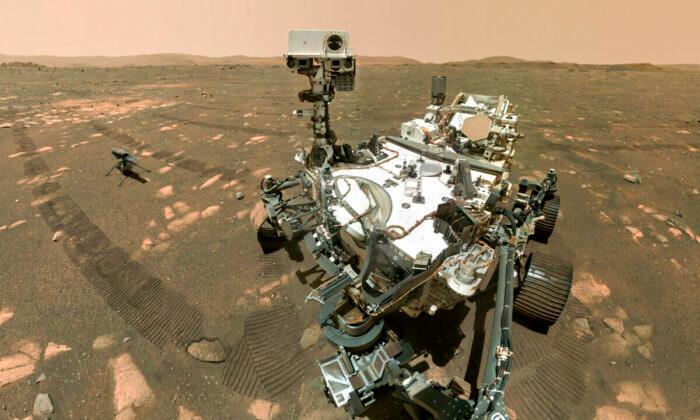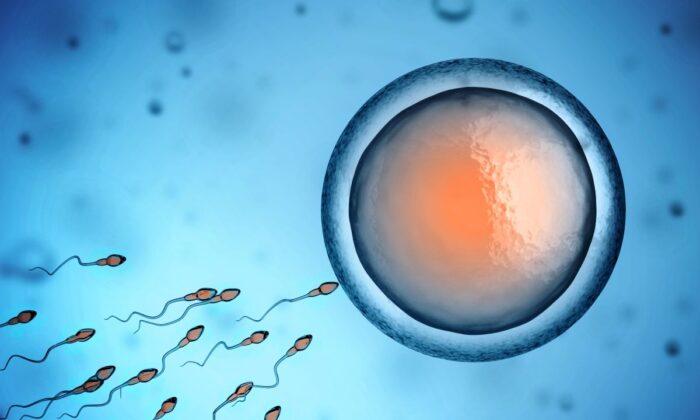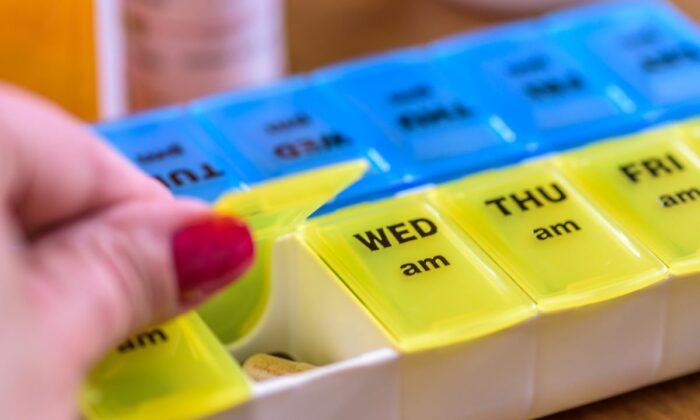Located on the North Terrace campus, the Extraterrestrial Environmental Simulation (Exterres) Laboratory will be a major stepping stone in developing technology to accompany humans into deep space, providing an environment for researchers to simulate surface environments found on the Moon and Mars, as well as test equipment there.
The lab will play a critical role in developing technology that can withstand the harsh effects of what’s known as “regolith”—a layer of loose material covering the bedrock of a planet.
In addition, the lab will enable experts to overcome the engineering challenges associated with building long-term dwellings on other planets in preparation for future space explorers.
“It is an advanced addition to the university’s engineering infrastructure that will underpin several expanding research areas and provides a testing and development facility which will be accessible to companies working on new technologies for use off-world,” he said.
The Exterres Laboratory project is led by the University of Adelaide Associate Professor John Culton, who is also Professor of Off-Earth Resources and Director of the Andy Thomas Centre for Space Resources.
He said that understanding how technology will perform in harsh extraterrestrial environments is a critical part of supporting long-term human presence in deep space, particularly the Moon and Mars.
“Space hardware will be tested in the lab’s Regolith Thermal Vacuum Chambers (rTVAC), a 9 m2 sealed lunar regolith simulant pit and a 27 m2 sandpit which can be tailored to simulate specific off-world environments,” he said.
These globally rare rTVACs will allow university students, faculty, and industry to test equipment in the combined atmospheric, thermal, and regolith environments found on Mars and at the Moon’s south pole.
The lab also includes a high-power laser, vacuum furnace, box furnace, and large-scale 3-D printer, which will be used to make lunar masonry bricks for construction trials of structures such as equipment shelters, roads, habitats, and landing pads.

The Australian Space Agency has reached an agreement with NASA for an Australian designed, constructed, and operated semi-autonomous rover to be part of a future lunar mission, and, according to the head of the Australian Space Agency, Enrico Palermo, the Exterres Laboratory will help fast-track the development of technologies necessary for Australia to have a sustainable long-term presence on the Moon and elsewhere in space.
“The research undertaken in this facility will make significant contributions to Australia’s sovereign capability in off-world infrastructure operations—which aligns with our recently released Robotics and Automation on Earth and in Space Roadmap,” he said.
“It will also inspire the next generation of scientists, engineers and other explorers who are currently in our schools and universities to take up a career in space.”
The $66 million (US$49.7 million) purpose-built facility will drive collaboration between local space manufacturers to construct innovative satellites and rockets, making South Australia the largest manufacturer of satellites in the nation.
Minister for Defence Industry and for Science and Technology, Melissa Price, said the project would cement Australia’s ability to deliver along the entire space supply chain.
“From research and design through to manufacture and operation, Australia’s credentials as a leading space nation are going to be significantly strengthened by this investment,” she said.





